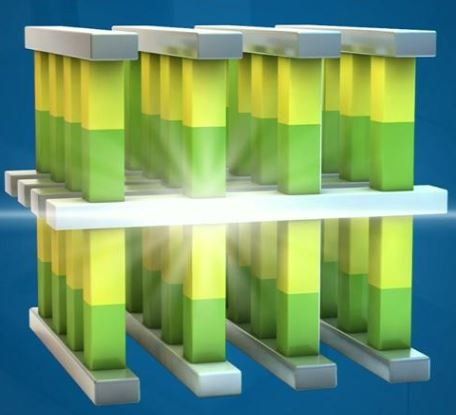New Technology - Intel Optane Drives
Intel’s reinvention of the Hard Drive could give laptops to super computers a major speed boost as early as next year. Intel Optane drives, as they will be called, are based on a new way to store digital data that can operate as much as 1,000 times as fast as the flash memory technology inside hard drives, memory sticks, and mobile devices today.
The sluggish speed of data storage compared to the pace at which processors can work on data has become a significant bottleneck on the capabilities of computers. Several large computing and chip companies have invested heavily in promising new data storage technologies, but none has yet borne fruit. Intel’s Optane drives are based on a technology called 3D Xpoint, developed in collaboration with the memory chip company Micron.
Intel says the technology is affordable enough that Optane drives will be made available next year for uses ranging from large corporate data centres to lightweight laptops. Rob Crooke, a general manager on Intel’s memory project, predicted that they would improve gaming, supercomputers, and data analysis. “We expect to see breakthroughs in personalized medicine, in business analytics to allow companies, cities, and maybe countries to run more efficiently,” he said.
The flash memory chips that are the fastest way to store data today use a grid of clumps of electrons trapped on silicon to represent the 0s and 1s of digital data. A 3D Xpoint chip instead has a grid formed from metal wires layered over one another; data is stored by using electricity to change the arrangement of atoms inside material trapped at each junction of the grid. Just like flash, 3D Xpoint chips hold onto data even when powered down. They can’t currently store data as densely, but Intel says the Xpoint grids can be stacked vertically, providing a route to storing more data on one chip.


